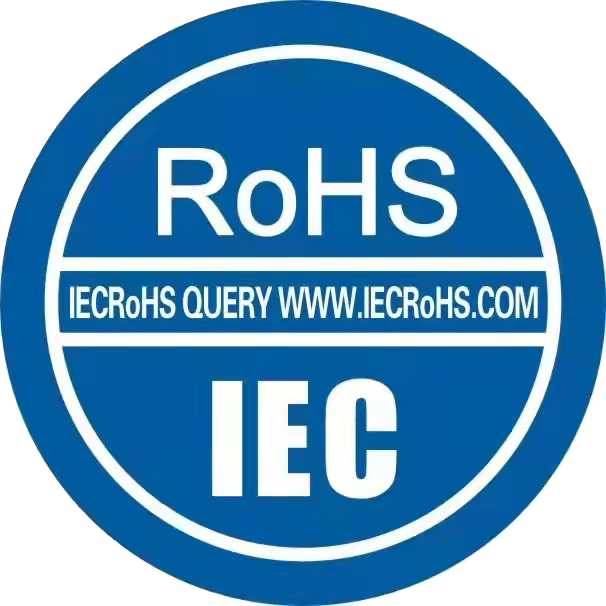RoHS产品认证:全球市场准入的关键与全面指南
在当今全球化的市场中,电子产品制造商和出口商面临着一系列复杂的法规要求,其中RoHS产品认证无疑是至关重要的一环。RoHS,全称为《关于限制在电子电气设备中使用某些有害物质的指令》,是欧盟制定的一项强制性标准,旨在减少电子电气产品中对环境和人类健康有害的物质。自2006年生效以来,RoHS认证已成为进入欧盟市场的基本门槛,并影响了全球供应链的运作方式。对于企业而言,理解RoHS产品认证不仅有助于合规运营,还能提升品牌形象和市场竞争力。本文将深入探讨RoHS产品认证的核心内容、申请流程、重要性以及常见挑战,为读者提供全面的指导。
RoHS产品认证的核心内容与适用范围
RoHS产品认证主要限制电子电气设备中六种有害物质的使用,包括铅(Pb)、汞(Hg)、镉(Cd)、六价铬(Cr VI)、多溴联苯(PBB)和多溴二苯醚(PBDE)。这些物质被认为具有毒性,可能通过废弃物处理或产品生命周期对环境造成污染,并危害人类健康。RoHS指令适用于广泛的电子电气产品,如家用电器、IT设备、照明设备、医疗设备以及玩具等。需要注意的是,RoHS认证并非一次性过程,而是需要持续监控,因为指令会定期更新(例如RoHS 3增加了四种邻苯二甲酸盐的限制)。企业必须确保产品从设计到生产的整个链条都符合这些限制,否则可能面临市场禁入、罚款或声誉损失。
RoHS产品认证的申请流程与步骤
申请RoHS产品认证是一个系统性的过程,涉及多个步骤。首先,企业需要识别产品是否属于RoHS指令的适用范围,并评估产品中可能含有的有害物质。这通常通过材料声明和供应链调查来完成,例如要求供应商提供符合RoHS的证明文件。接下来,企业应进行实验室测试,使用X射线荧光(XRF)分析或其他化学方法检测产品样本,以确认有害物质含量低于限制阈值(例如镉的限值为0.01%,其他物质为0.1%)。一旦测试通过,企业可以准备技术文档,包括测试报告、符合性声明和产品标识,并提交给认证机构进行审核。获得认证后,企业还需定期进行复审和更新,以应对法规变化。整个流程可能需要数周至数月,取决于产品复杂性和供应链的透明度。
RoHS产品认证的重要性与商业价值
RoHS产品认证不仅是一项法律义务,更具有深远的商业价值。从合规角度,它确保企业能够无障碍地进入欧盟市场,避免因违规而导致的产品召回或法律诉讼,从而保护企业的财务和声誉。此外,RoHS认证 aligns with global sustainability trends, enhancing a company’s environmental credentials and appealing to eco-conscious consumers. This can lead to increased market share and brand loyalty. From a operational perspective, adopting RoHS-compliant practices often drives innovation in product design and material sourcing, promoting the use of safer alternatives and reducing long-term environmental impact. In summary, RoHS certification is a strategic investment that fosters responsible business practices and competitive advantage in the global marketplace.
常见挑战与应对策略
尽管RoHS产品认证带来诸多好处,企业 often face challenges in implementation. One major issue is supply chain complexity, as products may contain components from multiple suppliers, making it difficult to track and verify material compliance. To address this, companies should establish robust supplier management systems, including regular audits and contractual obligations for RoHS compliance. Another challenge is the cost of testing and certification, which can be burdensome for small and medium-sized enterprises (SMEs). Leveraging group certifications or partnering with experienced consultants can help reduce expenses. Additionally, staying updated with regulatory changes, such as new substance restrictions or scope expansions, requires continuous monitoring. Enterprises can subscribe to industry newsletters or join associations to stay informed. By proactively addressing these challenges, businesses can streamline the certification process and minimize risks.
结论与未来展望
总之,RoHS产品认证是电子电气行业不可或缺的一部分,它推动了全球环保 standards and responsible manufacturing. As regulations evolve, such as the potential inclusion of more substances or expansion to other regions like China and the United States, businesses must remain agile and committed to compliance. Embracing RoHS not only ensures market access but also contributes to a sustainable future. For companies seeking growth, investing in RoHS certification is a wise decision that aligns with both ethical and economic goals.
免责声明:本文仅供参考,不构成专业法律或商业建议。RoHS产品认证的具体要求可能因法规更新和地区差异而变化,读者在做出决策前应咨询相关专业人士或权威机构。本文作者及发布平台不承担因参考本文内容而产生的任何责任,包括但不限于财务损失、合规问题或法律纠纷。

